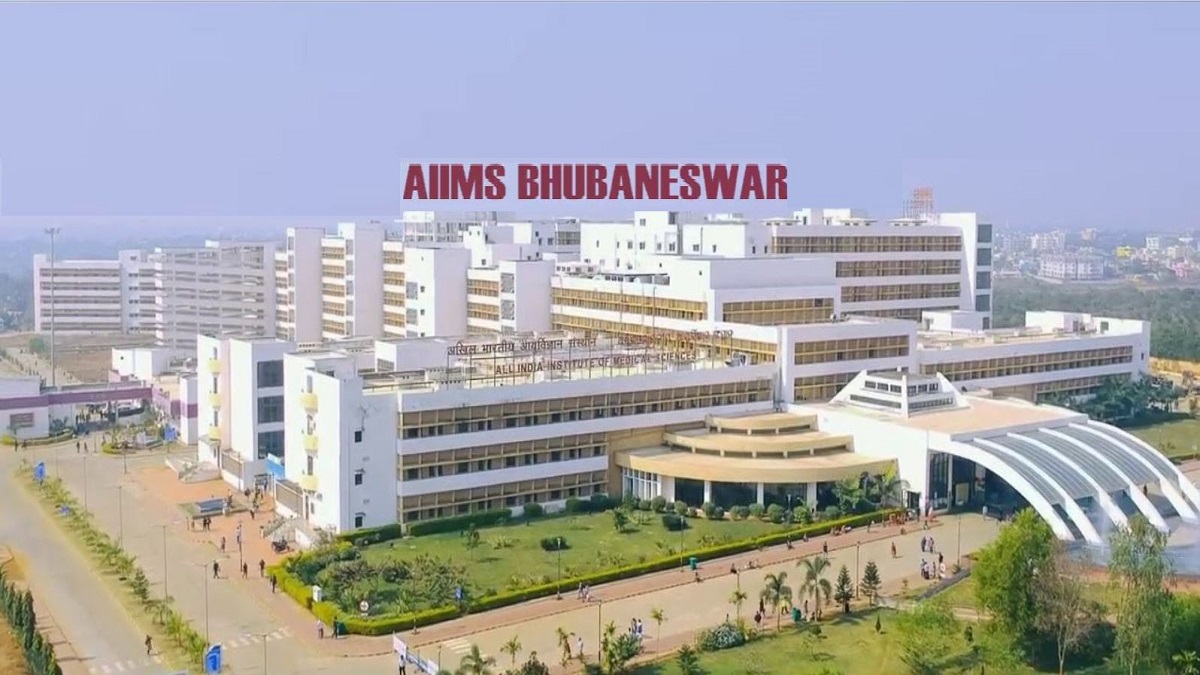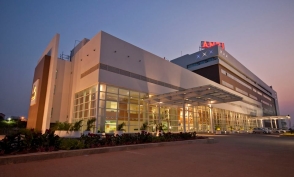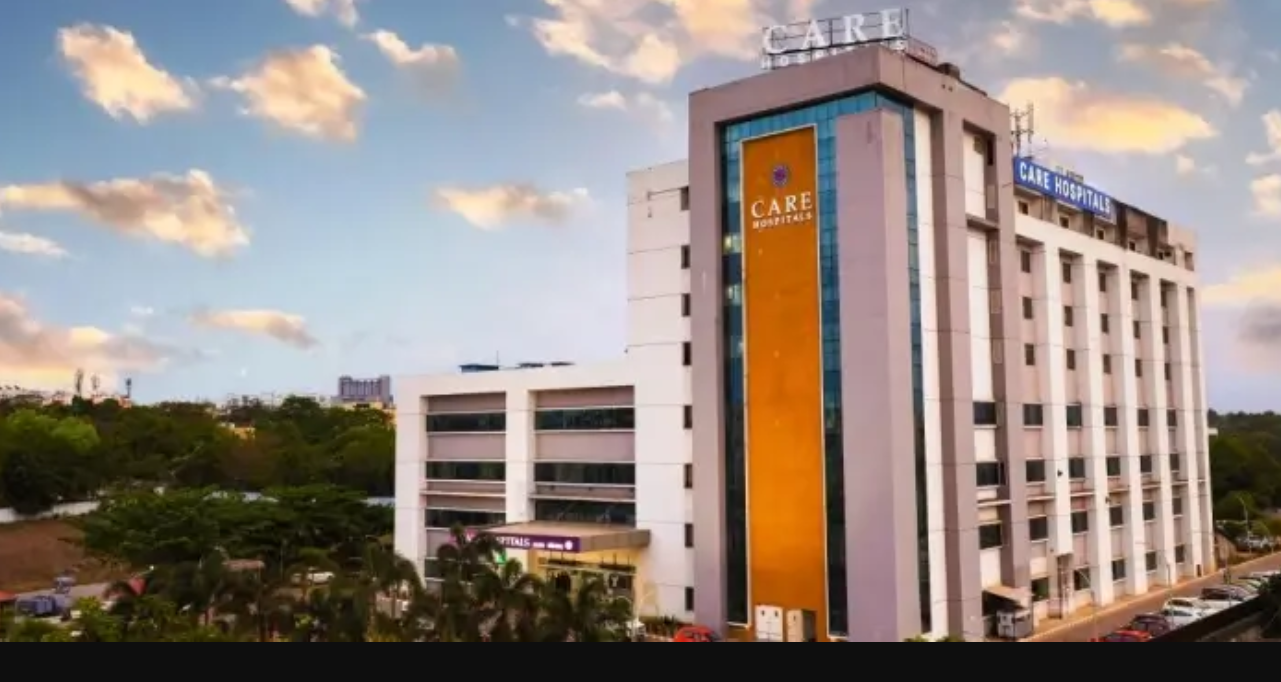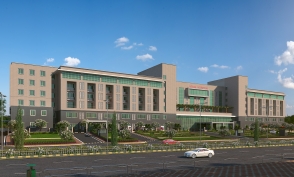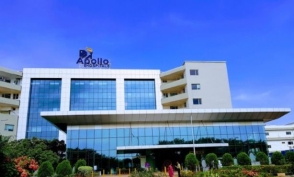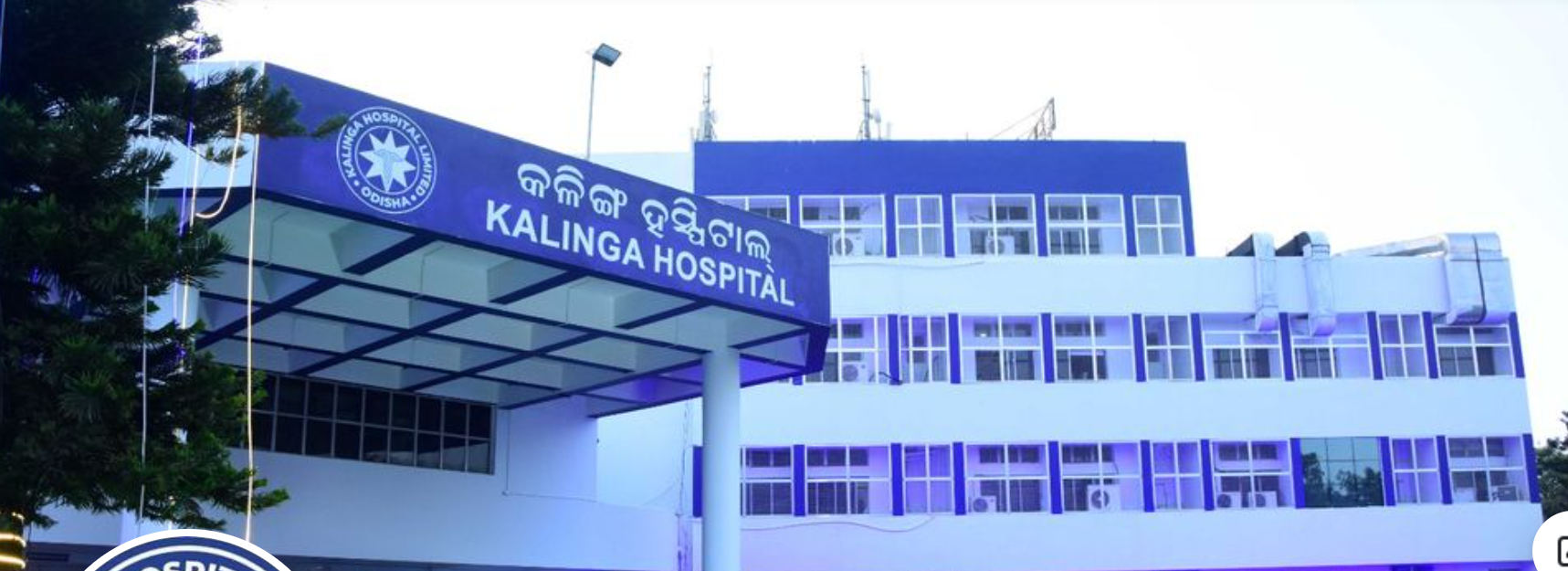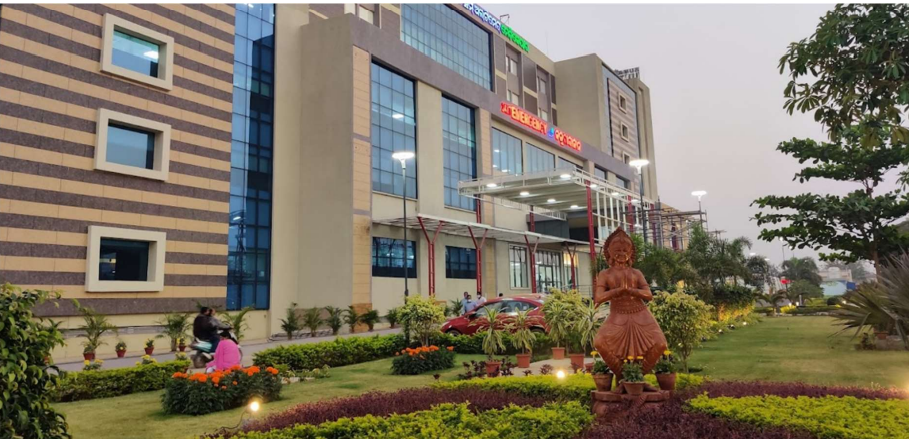Aging takes its toll on your feet as it does with the rest of your body. Given the amount of stress we place on our feet over a lifetime, it's easy to see why these problems occur. In addition to general wear and tear, there are physiological changes that will inevitably affect how your joints, bones, and tendons function.
These changes tend to develop gradually as cell turnover and collagen production begin to slow. As the skin starts to thin, so too will the fatty layer cushioning the soles and heels. These changes can give rise to stability problems affecting the knees, hips, and lower back. The gradual wearing down of cartilage in the joint space, along with inflammation of bursa and tendons, only add to the burden.
Here are some of the more common aging-related foot and ankle disorders:
Dry Skin
Dry skin, especially on the soles of the feet, is a problem that may require a daily application of moisturizer to prevent cracking and infection. The gradual depletion collagen, exacerbated by the lack of consistent foot care, can lead to the formation of cracked heels and calluses. If left untreated, cracked skin around the heel can make it painful to walk or even stand.
Seborrheic Keratosis
Another common skin condition affecting older adults is called seborrheic keratosis, also known as stucco keratosis due to its barnacle-like appearance. The raised, flesh-toned lesions are often mistaken for warts and typically affect the top of the feet, toes, and ankles. (They are never seen on the soles of the feet.) Though the seborrheic lesions are not painful, they can sometimes be itchy or cause irritation when wearing shoes.
Flat Feet
As your feet age, connective tissues called ligaments can begin to stretch out, reducing the height of your arch (referred to as fallen arches) and leading to a condition known as flat feet (pes planus).
The pain, which typically develops in the mid-foot, tends to increase with activity and is often accompanied by swelling along the inner ankle and arch. Hip, knee, and lower back pain are also common. Flat feet can alter the angle of your foot, causing overpronation, the loss of stability, and an increased risk of ankle and foot sprains.
Shortened Achilles Tendon
Another type of connective tissue, known as a tendon, can begin to lose water as you age. Tendons connect muscle to bone, and, if these are shortened due to water loss, you may end up with a more flat-footed gait since you will be less able to flex your ankle, midfoot, and toes. This is especially true of the Achilles tendon which connects the calf muscle to the heel bone (calcaneus).
Toenail Changes
Toenails usually become thicker and more brittle as you age, making them more difficult to cut and maintain. One reason for this is that nails tend to grow slower in tandem with the slowing of hormonal production. The older we get, the fewer hormones we make.
Estrogen and testosterone both stimulate the production of keratin and contribute to the smooth, firm appearance of our nails. When these hormones decline, the reduced supply (coupled with the loss of moisture) can cause our nails to discolor, crack, and form uneven ridges and layers. While proper nail care can significantly improve the nail's appearance, it may not entirely prevent these aging-related changes.
Hammertoe
Hammertoe is the abnormal bend in the joint of one or more of your toes, typically caused by the wearing of narrow shoes or high heels that forces the toes deeper into the toe box. Hammertoes are prone to calluses and corns. Joint stiffness, discomfort, swelling, and pain are also common.
Once they develop, hammertoes are essentially permanent unless surgery (such as arthrodesis and arthroplasty) is used to realign the toe joints. Stretching may help restore some of the mobility but doesn't necessarily reverse the condition. Toe pads, splints, and well-fitted shoes can help relieve some of the discomfort and pain.
Arthritis
Osteoarthritis (OA) also known as wear-and-tear arthritis, affects roughly 10 percent of men and 16 percent of women over 60. The ankle joint, subtalar joint, and the first metatarsophalangeal joint (big toe) are the three joints frequently affected. Common risk factors include obesity, hammertoe, bunions, or a past foot or ankle injury.
When observed on an X-ray, the decreased bone density in the foot is strongly suggestive of osteoporosis. This is especially true for women in whom the long bones of the foot (metatarsals) are commonly affected.
Circulation Problems
One of the most common foot and ankle symptoms in older people is edema, the medical term for swelling. Edema is commonly associated with poor circulation, leading the build-up of fluid in the lower extremities (especially the ankles and feet). Edema is typically associated with congestive heart failure, kidney disease, and liver disease, conditions of which are common in older populations.
Circulatory obstruction can lead to venous edema, typically affecting one leg. Cardiovascular disease, certain medications, and hormonal changes may cause swelling in both legs.
Diabetes can also affect circulation, particularly as you get older. If this happens, infections of the foot will be far more difficult to treat, oftentimes resulting an ulcer that just won't heal. Diabetic neuropathy, an uncomfortable pins-and-needles sensation mostly affecting the legs and feet, is another common consequence of long-term diabetes.
Content Courtesy:- https://www.verywellhealth.com
|




